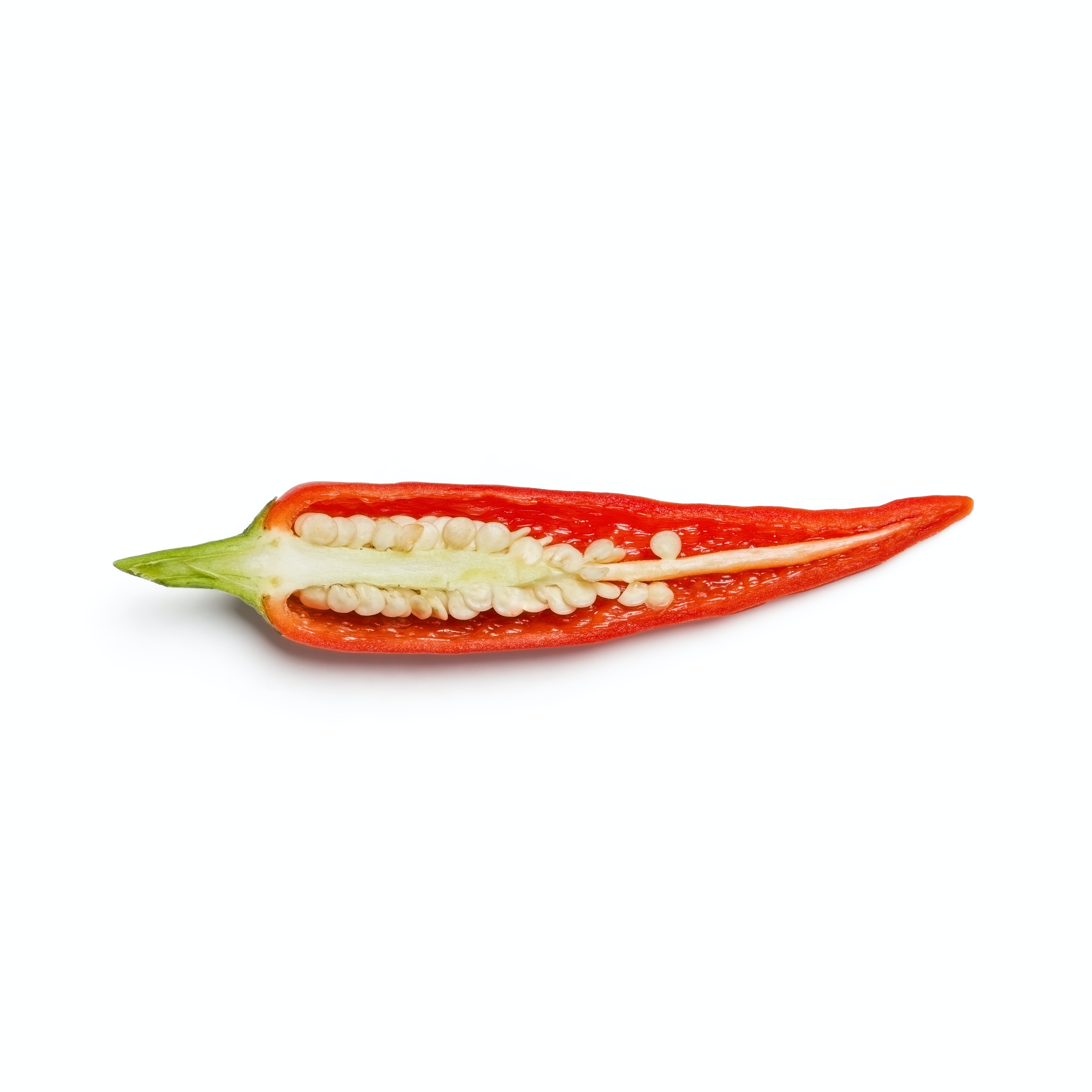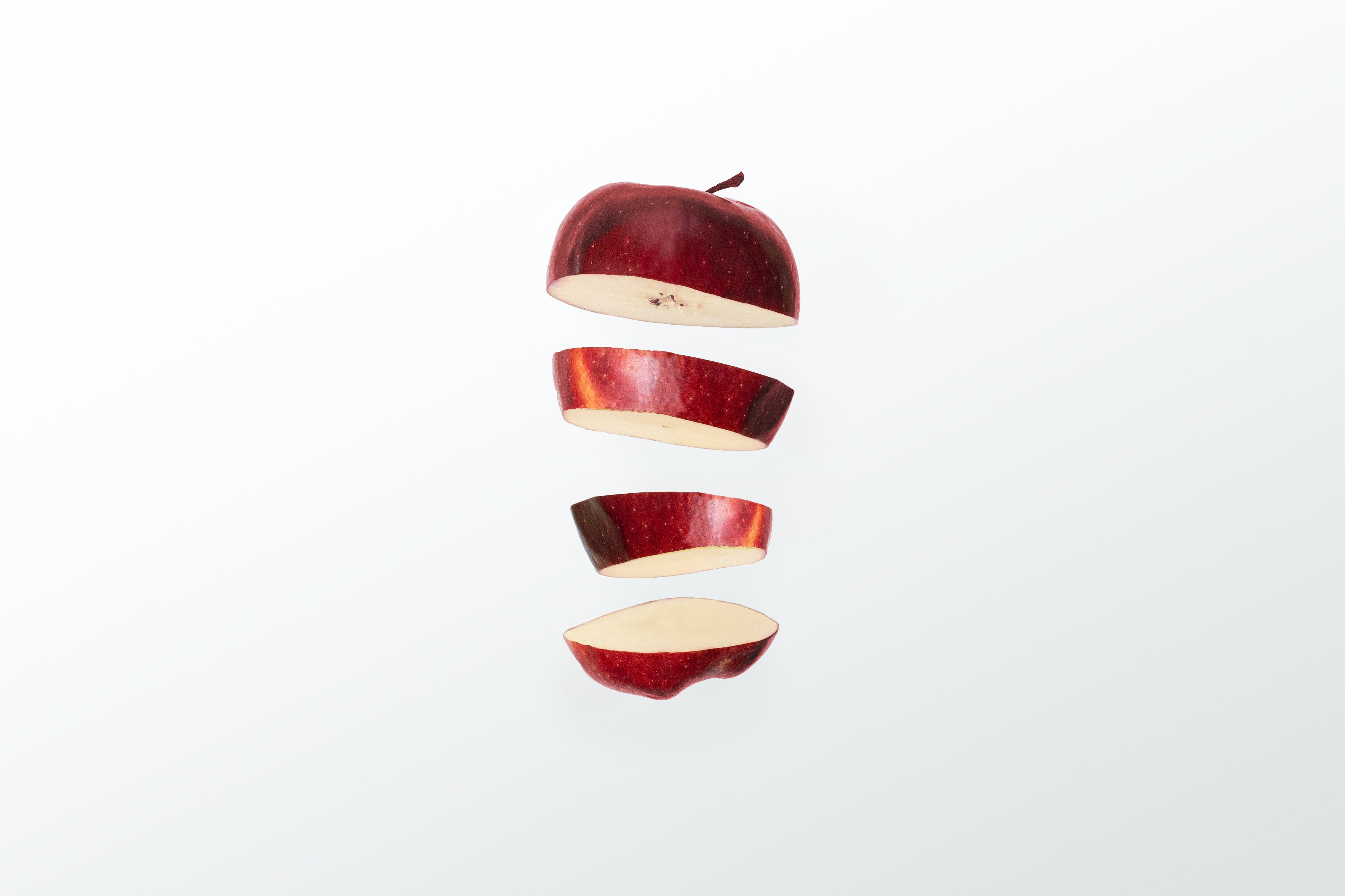
Craft production is cheap and the regular consumption of fermented products seems to have enormous health benefits.
Kombucha
Kombucha, which can be bought in nearly every New York bar or corner shop, is now becoming more available in Poland. It is young vinegar obtained from sweetened fermented tea, wonderfully refreshing and good for our health. You can brew it yourself by adding SCOBY (a symbiotic culture of bacteria and yeast) to sugared tea. The best idea is to get the SCOBY, also known as the ‘mother’, from someone who has brewed kombucha before. SCOBY looks a bit like a brain. It can be sliced and safely shared with others who are ready to grow bacteria cultures. Bacteria multiply superfast, but it takes a few weeks before kombucha fully develops. It then becomes a ‘living’ kombucha, which changes its taste every day, eventually turning into vinegar. The kombuchas widely available on the market are usually pasteurized, which means that they can last longer on the shelf, but their taste remains the same and they lack the health benefits.
Kefir
This fermented milk drink with a strong taste is made from kefir grains, also referred to as Tibetan mushrooms. As Joanna Podgórska (from the biotechnolgia.pl portal) explains: “Tibetan mushrooms derive their dense texture from kefirn: a polysaccharide with a creamy consistency, which binds all its components together. It is fascinating that these components behave like a unitary organism. Research done back in the 1980s suggested that it is impossible to grow a culture from single microorganisms isolated from kefir grains.”
Perhaps this is why the people of Mount Elbrus in the Caucasus Mountains call Tibetan mushrooms ‘the prophet’s millet’? Apparently, it was customary in Caucasian houses to hang on the doorframe a burdiuk – a leather bag filled with milk kefir grains. Each person passing through the door would push it, involuntarily shaking the blend. This also indicates that ergonomics was part of folk wisdom.
The word kefir is derived from the Turkish keyif, which means ‘joy’ or ‘pleasure’, and kopur, which stands for ‘milk foam’. Kefir became known in Poland thanks to Klaudia Sigalina, a Jewish woman who brought Tibetan mushrooms form the Caucasus to Warsaw, where, at 31 Królewska Street, she opened the first Polish kefir factory. Sigalina placed on the window display a gypsum model of the Caucasus Mountains.
This fermented milk drink with a long history and tradition is one of the best sources of protein and calcium in our diet. Drinking kefir stops the toxic putrefaction of food moving through the bowels. Kefir supports our digestive system. Available for sale are both kefirs with a stronger taste – which, like champagne, mature in separate containers – and kefirs produced in huge tanks. Kefir can be also made at home – order the starter culture online or get it from your friends and then add it to non-pasteurized good quality milk. The prophet’s millet multiplies easily.
Apple cider vinegar
This is considered a cure for everything: coughs, weight and joint problems, heartburn, wounds, asthma or hiccups. Drink a spoonful of natural apple cider vinegar and honey distilled in a glass of hot water, and you will be healthy. Apple cider vinegar is made from fermented apple juice with the help of the acid-forming bacteria Acetobacter. It is cloudy because of Mycoderma aceti – the ‘mother of vinegar’, which is composed of cellulose and acetic acid bacteria. The basic and the most beneficial ingredient of vinegar, it contains such minerals as sodium, phosphorous, potassium, calcium, magnesium, iron, the B-group vitamins, vitamin C, a bit of folic acid, and biotin. Apple cider vinegar also consists of enzymes, amino acids, pectin, gallic acid, chlorogenic acid, coumaric acid, caffeic acid and polyphenols. And you? Do you already have your own cloudy mother of vinegar?








